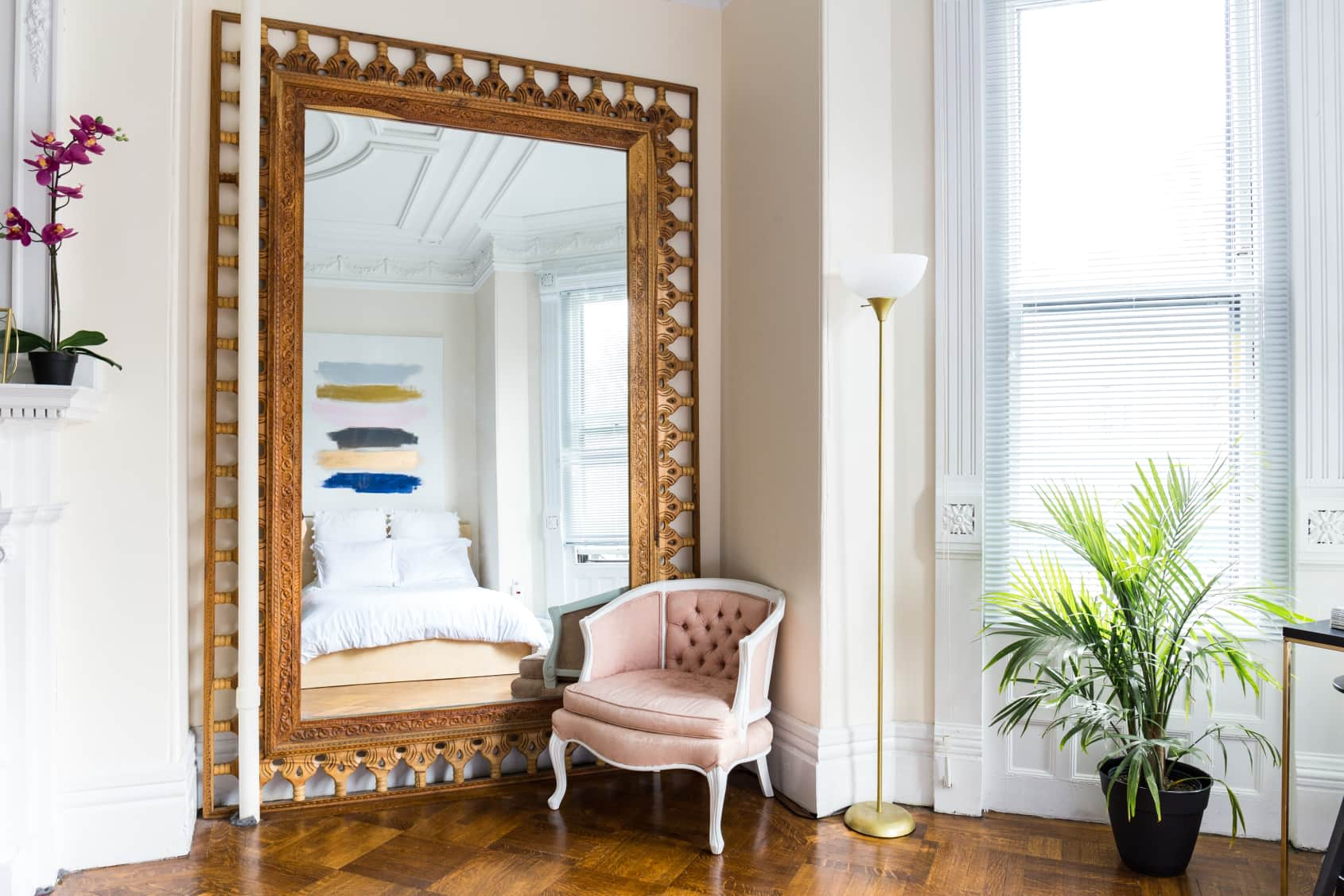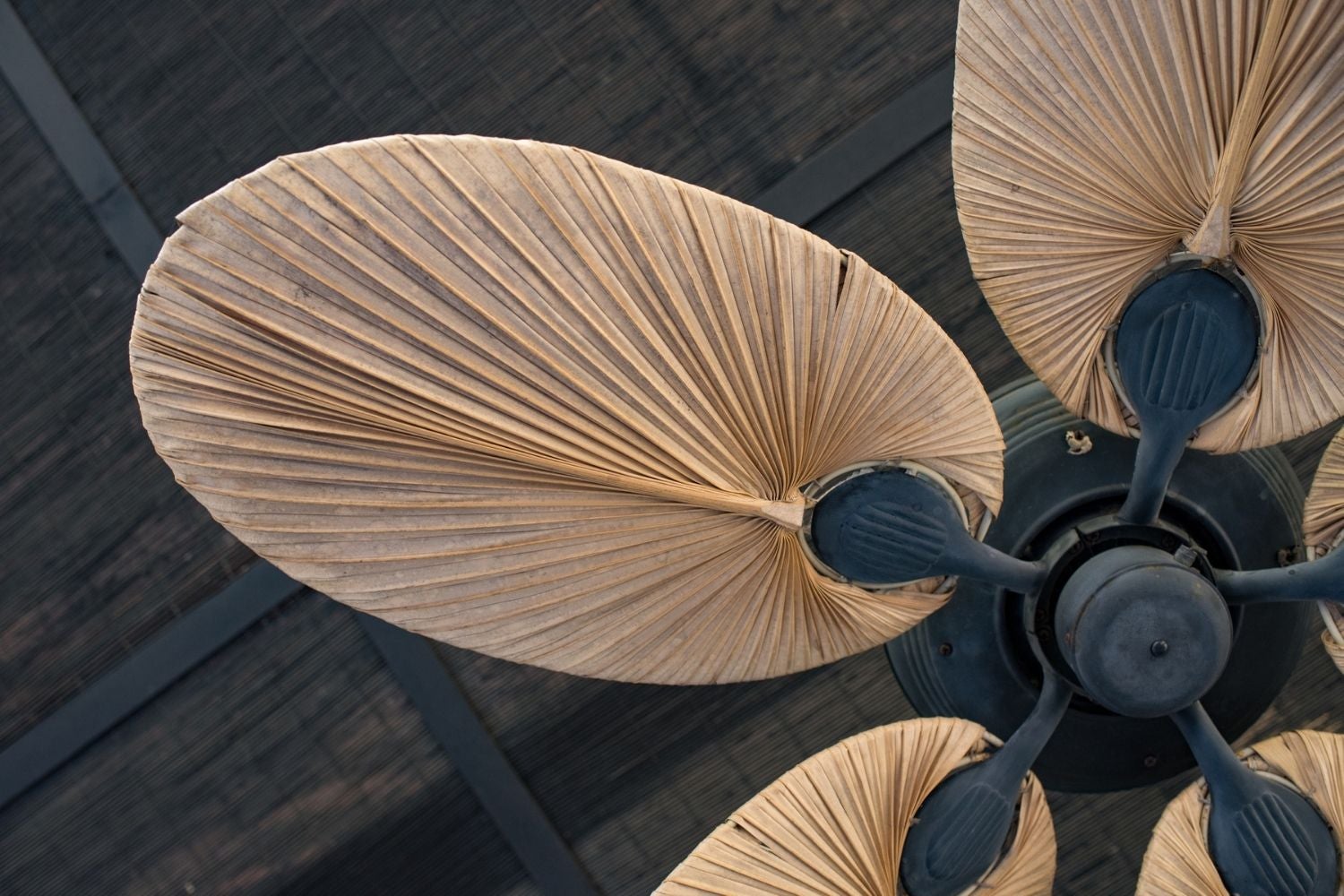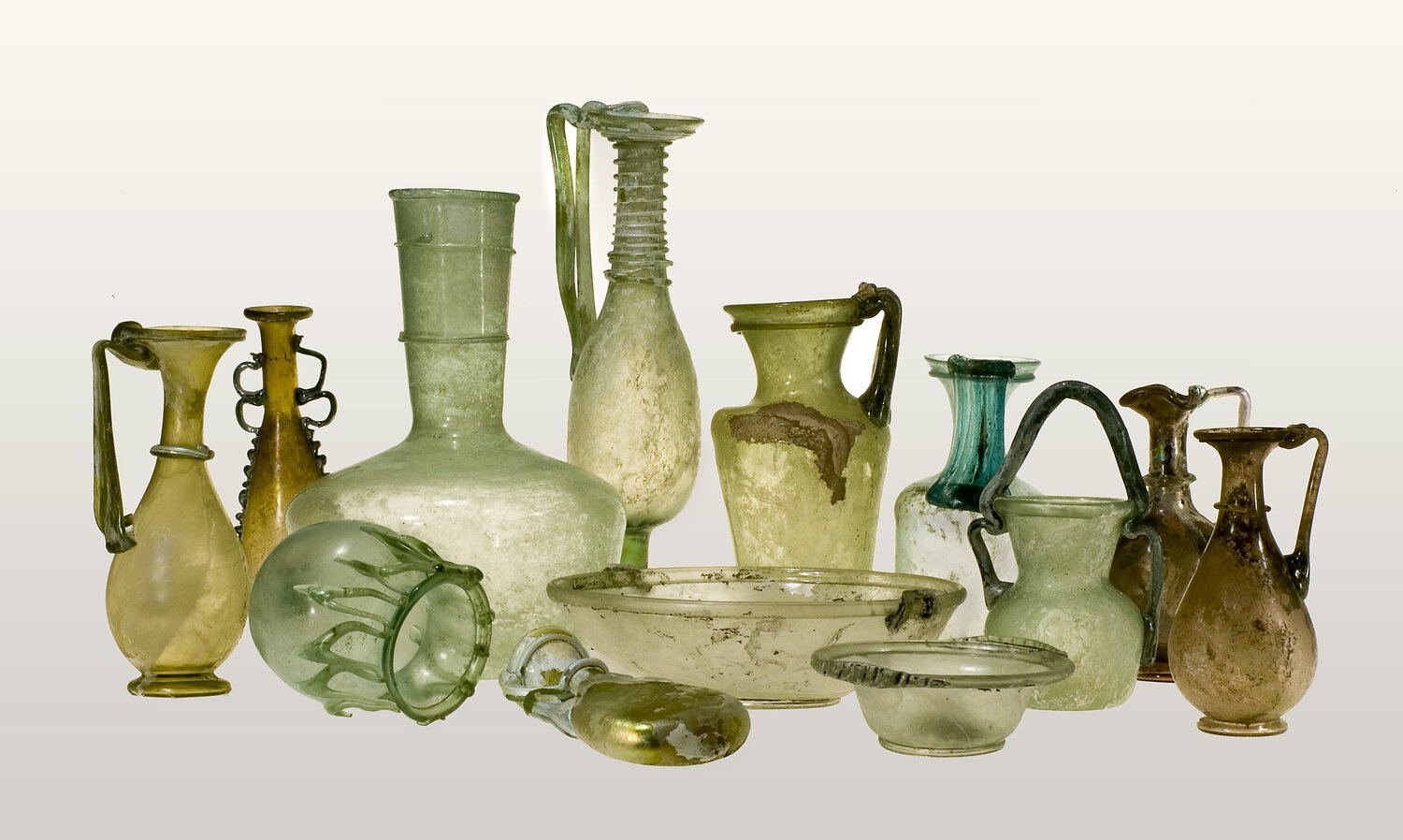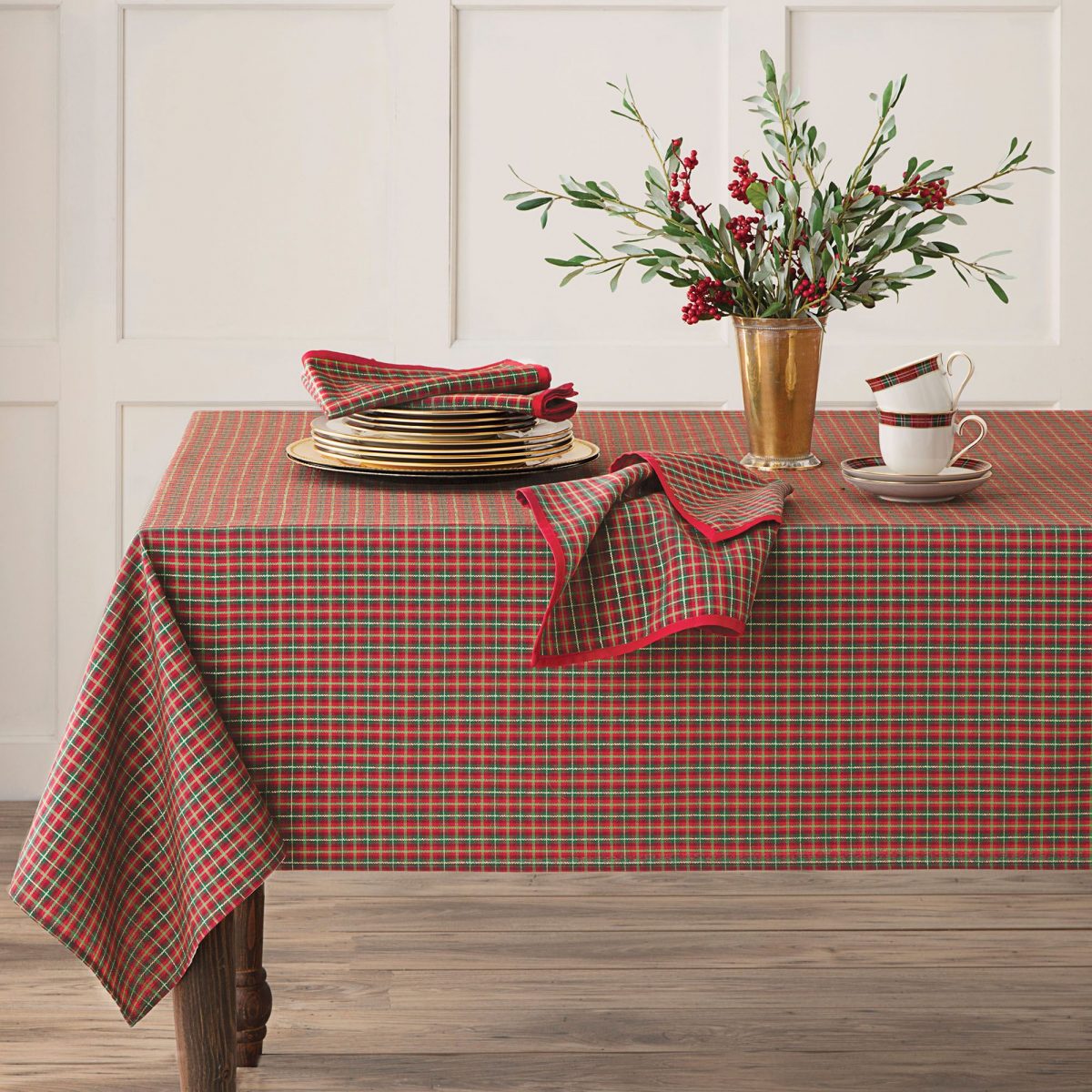Home>Furniture & Design>Interior Design Trends>When Were Glass Mirrors Invented


Interior Design Trends
When Were Glass Mirrors Invented
Modified: October 19, 2024
Discover the history of glass mirrors and their impact on interior design trends. Learn about the invention and evolution of mirrors in interior design.
(Many of the links in this article redirect to a specific reviewed product. Your purchase of these products through affiliate links helps to generate commission for Storables.com, at no extra cost. Learn more)
Introduction
Mirrors have been an integral part of human civilization for centuries, serving as both functional and decorative elements in various cultures around the world. These reflective surfaces have not only allowed individuals to admire their own reflections but have also played a significant role in art, design, and interior decor. The history of mirrors is a fascinating journey that spans across different civilizations and technological advancements, ultimately leading to the creation of the modern glass mirrors that we use today.
The evolution of mirrors is a testament to human ingenuity and the quest for self-reflection and self-expression. From the earliest polished stones and metals used as reflective surfaces to the intricate glass mirrors of the present day, the journey of mirrors mirrors the progress of human civilization itself. Understanding the origins and development of mirrors provides valuable insights into the cultural, artistic, and technological advancements of our ancestors.
In this article, we will delve into the captivating history of mirrors, exploring their early forms and the pivotal invention of glass mirrors. By tracing the timeline of mirror evolution, we can gain a deeper appreciation for these everyday objects that have transcended mere functionality to become symbols of beauty, self-awareness, and artistic expression. Join us on this enlightening journey through time as we uncover the remarkable story of how mirrors have shaped human history and continue to influence our lives today.
Key Takeaways:
- The invention of glass mirrors revolutionized self-reflection, art, and interior design, shaping beauty standards and enhancing spatial environments with clarity and precision.
- Glass mirrors have left an indelible mark on human civilization, influencing personal grooming, artistic expression, and societal perceptions, perpetuating their timeless allure and enduring impact.
Read more: When Were Wine Glasses Invented?
Early History of Mirrors
The early history of mirrors is a captivating tale that dates back to ancient civilizations, where the concept of reflective surfaces first emerged. The earliest known mirrors were not made of glass, but rather consisted of polished stones, metals, and even water. These rudimentary reflective surfaces were utilized by various ancient cultures for practical and ritualistic purposes.
Ancient civilizations such as the Mesopotamians, Egyptians, and Greeks utilized polished metal surfaces, typically made of copper, bronze, or silver, as mirrors. These metal mirrors were crafted with remarkable skill, showcasing the craftsmanship and artistic prowess of their creators. The reflective properties of these metal surfaces allowed individuals to catch glimpses of their own reflections, albeit with some distortion due to the nature of the materials used.
In addition to serving as tools for personal grooming and self-admiration, mirrors held significant cultural and spiritual importance in many ancient societies. They were often associated with mystical and religious beliefs, and were used in various rituals and ceremonies. For instance, in ancient Egypt, mirrors were placed in tombs to accompany the deceased on their journey to the afterlife, reflecting the profound symbolism attributed to these objects.
The ancient Romans also contributed to the evolution of mirrors, utilizing highly polished discs of metal as reflective surfaces. These mirrors, known as "speculum metal," were popular among the elite and were prized for their reflective clarity. The intricate craftsmanship required to create these metal mirrors underscored the value placed on self-reflection and personal grooming in ancient Roman society.
Furthermore, the Chinese civilization made significant advancements in mirror production, creating mirrors from highly polished bronze and other metals. These mirrors were often adorned with ornate designs and served as prestigious items within Chinese society, reflecting the cultural significance and aesthetic appeal associated with mirrors.
The early history of mirrors is a testament to the ingenuity and creativity of ancient civilizations, showcasing their ability to harness natural materials and transform them into functional and symbolic objects. The evolution of mirrors from polished stones and metals to the invention of glass mirrors represents a remarkable journey of human innovation and artistic expression. This rich history sets the stage for the pivotal invention of glass mirrors, a breakthrough that would revolutionize the way we perceive and interact with reflective surfaces.
Invention of Glass Mirrors
The invention of glass mirrors marked a transformative milestone in the history of reflective surfaces, revolutionizing the way individuals perceived and interacted with their reflections. The journey towards creating glass mirrors began with the ancient Romans, who demonstrated exceptional skill in glassmaking techniques. However, it was not until the first century AD that the concept of glass mirrors began to take shape.
The earliest glass mirrors were crafted using a technique known as "back-silvering," which involved coating the back surface of a glass pane with a reflective metal, typically a combination of tin and mercury. This innovative method allowed for the creation of clear and highly reflective surfaces, providing a significant improvement over the distorted reflections produced by metal mirrors.
The city of Sidon, located in present-day Lebanon, emerged as a renowned center for glassmaking and mirror production during the Roman Empire. Skilled artisans in Sidon honed their expertise in crafting glass mirrors, utilizing advanced techniques to achieve remarkable clarity and reflective quality. These early glass mirrors were prized for their exceptional craftsmanship and reflective properties, becoming coveted items among the elite and aristocracy.
The refinement of glassmaking techniques and the widespread availability of glass as a material further propelled the development of glass mirrors. As the art of glassmaking spread across civilizations, the production of glass mirrors became more widespread, allowing for greater accessibility and utilization of these innovative reflective surfaces.
The transition from metal mirrors to glass mirrors represented a significant leap forward in mirror technology, offering unparalleled clarity and precision in reflecting images. The introduction of glass mirrors not only transformed personal grooming practices but also revolutionized the realms of art, design, and interior decor. The ability to create clear and undistorted reflections opened up new possibilities for self-expression and aesthetic appreciation.
The invention of glass mirrors also catalyzed advancements in mirror design and craftsmanship, leading to the creation of ornate and intricately embellished mirrors that served as symbols of luxury and refinement. The reflective properties of glass mirrors were harnessed to enhance interior spaces, creating the illusion of depth and luminosity in various architectural and decorative applications.
The invention of glass mirrors stands as a testament to human innovation and the relentless pursuit of perfection in craftsmanship. This pivotal development laid the foundation for the modern mirrors that adorn our homes and public spaces today, embodying both functionality and artistic elegance. The evolution of glass mirrors continues to inspire contemporary design and creativity, underscoring their enduring impact on human culture and self-perception.
Impact of Glass Mirrors
The invention of glass mirrors has left an indelible mark on human civilization, exerting a profound impact on various aspects of society, culture, and individual experiences. The introduction of glass mirrors revolutionized the way individuals perceived themselves and their surroundings, ushering in a new era of self-awareness, artistic expression, and interior design innovation.
Reflection of Self and Society
Glass mirrors fundamentally altered the way people engaged with their own reflections, providing clear and accurate representations of their appearances. This newfound clarity in self-reflection influenced personal grooming practices, fostering a heightened sense of self-awareness and attention to physical appearance. The ability to observe oneself with precision and detail empowered individuals to cultivate their personal image and identity, shaping social interactions and self-perception.
Read more: When Were Rugs Invented
Artistic and Decorative Significance
The advent of glass mirrors sparked a renaissance in artistic expression and interior design. The reflective properties of glass mirrors were harnessed by artists and designers to create captivating visual effects, expand spatial perceptions, and infuse interiors with luminosity. Mirrors became integral elements in art, architecture, and decor, serving as versatile tools for manipulating light, creating illusions, and enhancing aesthetic appeal. The ornate frames and embellishments adorning glass mirrors became exquisite works of art in their own right, adding opulence and sophistication to interior spaces.
Psychological and Emotional Influence
Glass mirrors have wielded a profound psychological influence, shaping perceptions of beauty, identity, and self-esteem. The ability to scrutinize one's reflection in clear and accurate detail has contributed to the cultivation of beauty standards and ideals, influencing societal norms and individual aspirations. Moreover, mirrors have served as instruments for self-reflection and introspection, prompting individuals to contemplate their inner thoughts and emotions. The reflective nature of glass mirrors has facilitated moments of self-examination and contemplation, contributing to personal growth and introspective awareness.
Architectural and Spatial Enhancement
Glass mirrors have been instrumental in transforming architectural and spatial environments, offering innovative solutions for expanding visual perspectives and creating illusions of depth. Mirrors have been strategically employed to amplify natural light, visually enlarge confined spaces, and imbue interiors with a sense of openness and airiness. The strategic placement of glass mirrors has been a hallmark of interior design, enabling designers to manipulate spatial perceptions and enhance the overall ambiance of a space.
Continued Influence on Contemporary Design
The impact of glass mirrors continues to resonate in contemporary design trends, with designers and artists leveraging their reflective properties to create immersive and dynamic experiences. Modern interior spaces often integrate mirrors to optimize natural light, create visual interest, and foster a sense of connectivity within the environment. The enduring legacy of glass mirrors as versatile and transformative design elements underscores their enduring relevance in shaping modern aesthetics and spatial experiences.
The impact of glass mirrors transcends mere functionality, encompassing cultural, artistic, and psychological dimensions that have shaped human experiences and societal dynamics. The evolution of glass mirrors stands as a testament to their enduring significance in enriching personal, artistic, and architectural realms, perpetuating their timeless allure and influence.
Read more: When Were Gutters Invented
Conclusion
The evolution of mirrors from rudimentary polished stones and metals to the groundbreaking invention of glass mirrors represents a remarkable journey of human ingenuity, artistic expression, and technological advancement. The captivating history of mirrors reflects the cultural, spiritual, and aesthetic significance attributed to these reflective surfaces throughout various civilizations.
The invention of glass mirrors marked a pivotal turning point, revolutionizing personal grooming practices, artistic expression, and interior design. The transition from metal mirrors to glass mirrors ushered in an era of unparalleled clarity and precision in self-reflection, empowering individuals to cultivate their personal image and identity with newfound detail and accuracy.
The impact of glass mirrors extends beyond mere functionality, permeating societal norms, artistic endeavors, and architectural innovations. These reflective surfaces have influenced beauty standards, societal perceptions, and personal introspection, shaping the way individuals perceive themselves and interact with their surroundings.
Furthermore, glass mirrors have been instrumental in enhancing spatial environments, creating illusions of depth, and amplifying natural light to imbue interiors with luminosity and expansiveness. The strategic integration of glass mirrors in contemporary design continues to underscore their enduring relevance as transformative elements that enrich spatial experiences and aesthetic compositions.
The enduring legacy of glass mirrors serves as a testament to their timeless allure and influence, perpetuating their significance in shaping human experiences and cultural dynamics. As we reflect on the remarkable journey of mirrors, from their humble origins to their contemporary manifestations, we gain a deeper appreciation for the profound impact of these reflective surfaces on human civilization.
In conclusion, the invention of glass mirrors stands as a testament to human creativity, innovation, and the enduring quest for self-awareness and artistic expression. The evolution of mirrors continues to inspire contemporary design and cultural narratives, underscoring their timeless relevance and enduring legacy in shaping human experiences and societal dynamics.
Frequently Asked Questions about When Were Glass Mirrors Invented
Was this page helpful?
At Storables.com, we guarantee accurate and reliable information. Our content, validated by Expert Board Contributors, is crafted following stringent Editorial Policies. We're committed to providing you with well-researched, expert-backed insights for all your informational needs.














0 thoughts on “When Were Glass Mirrors Invented”